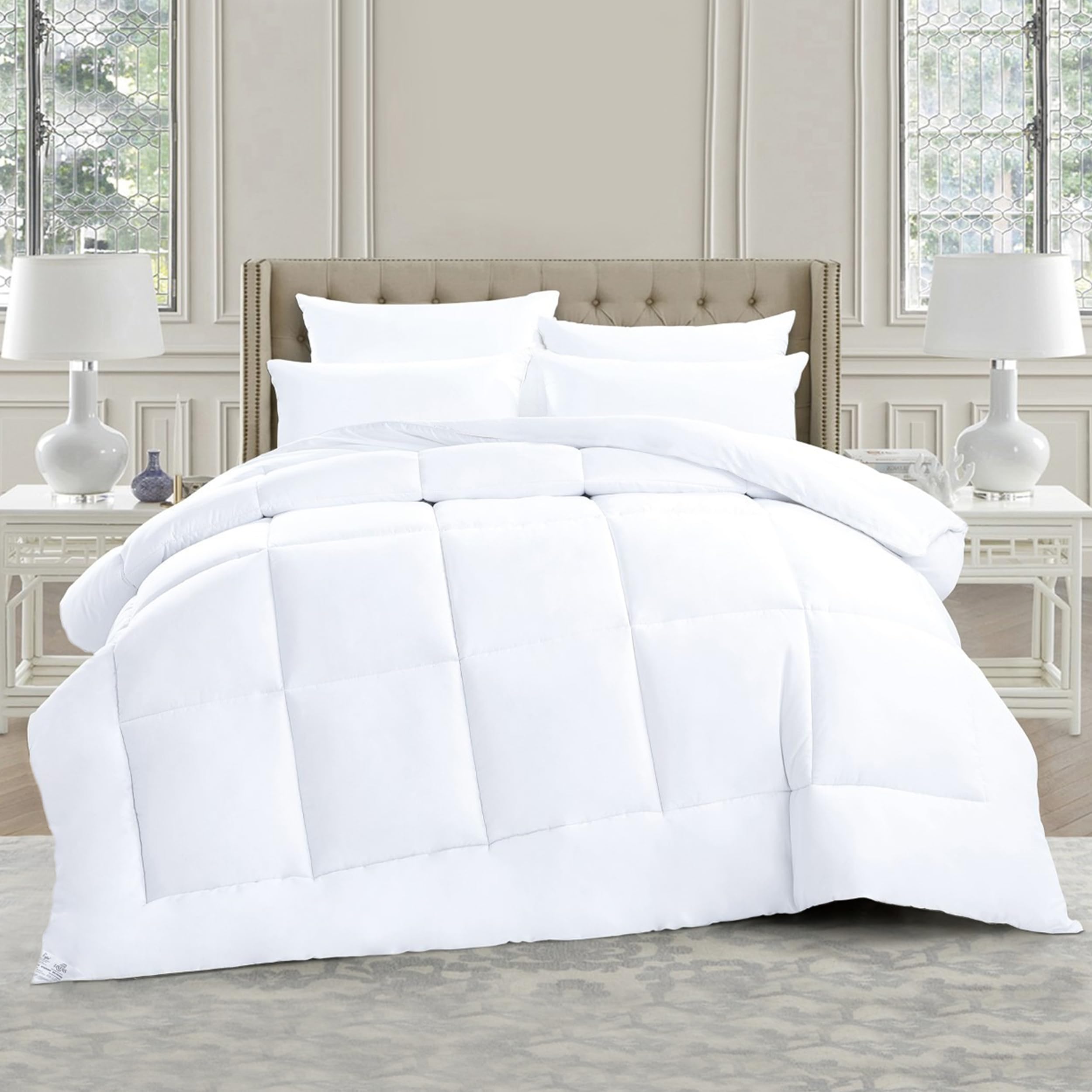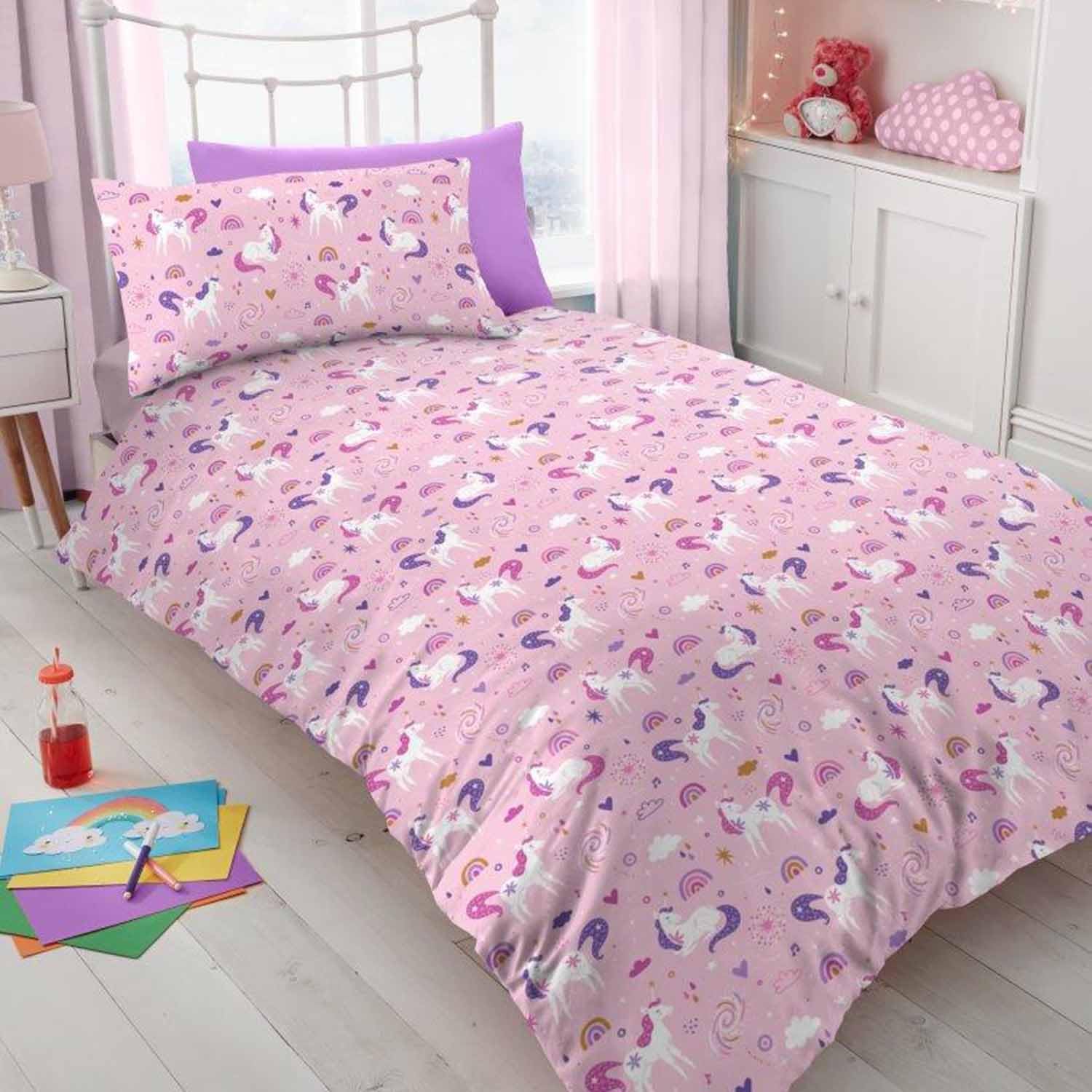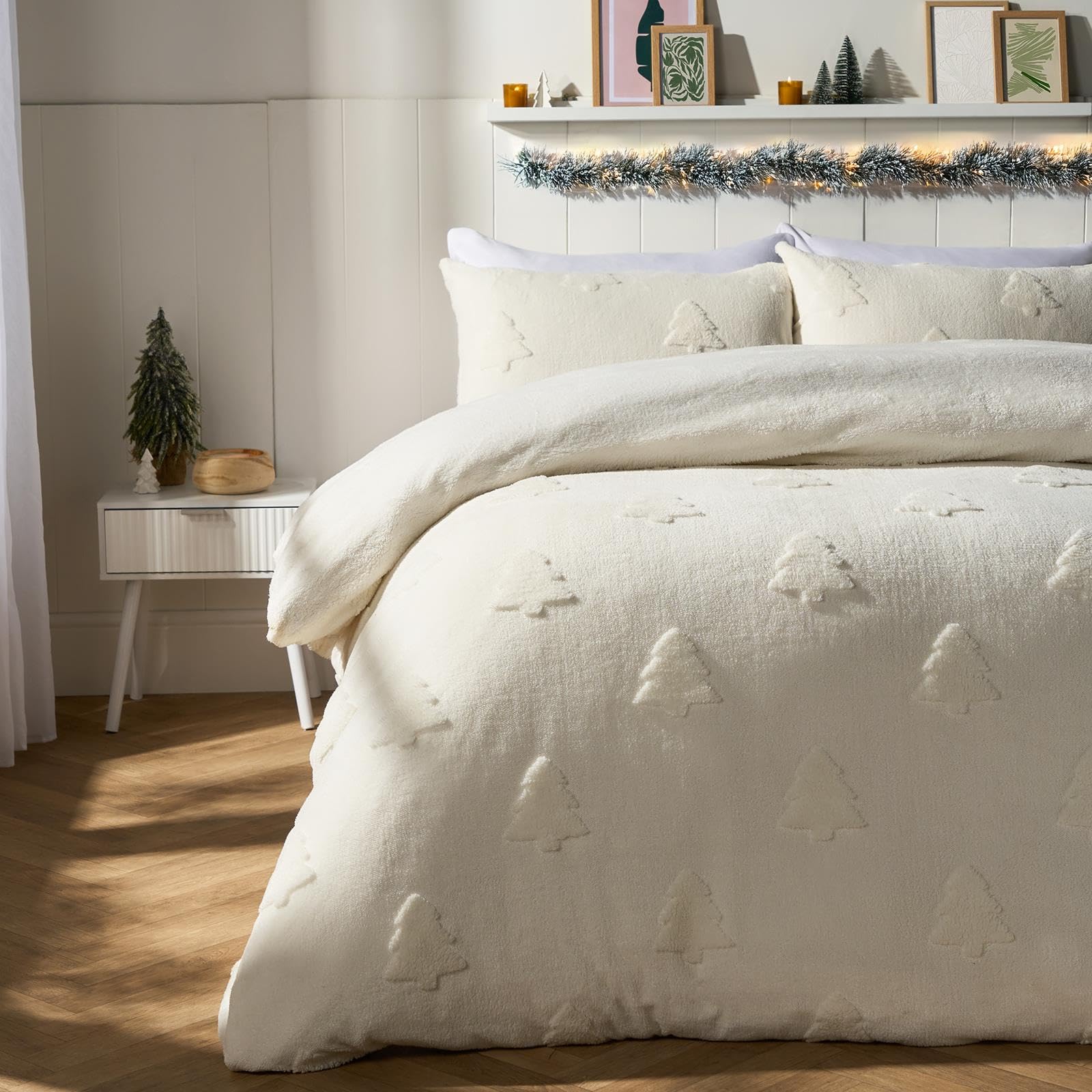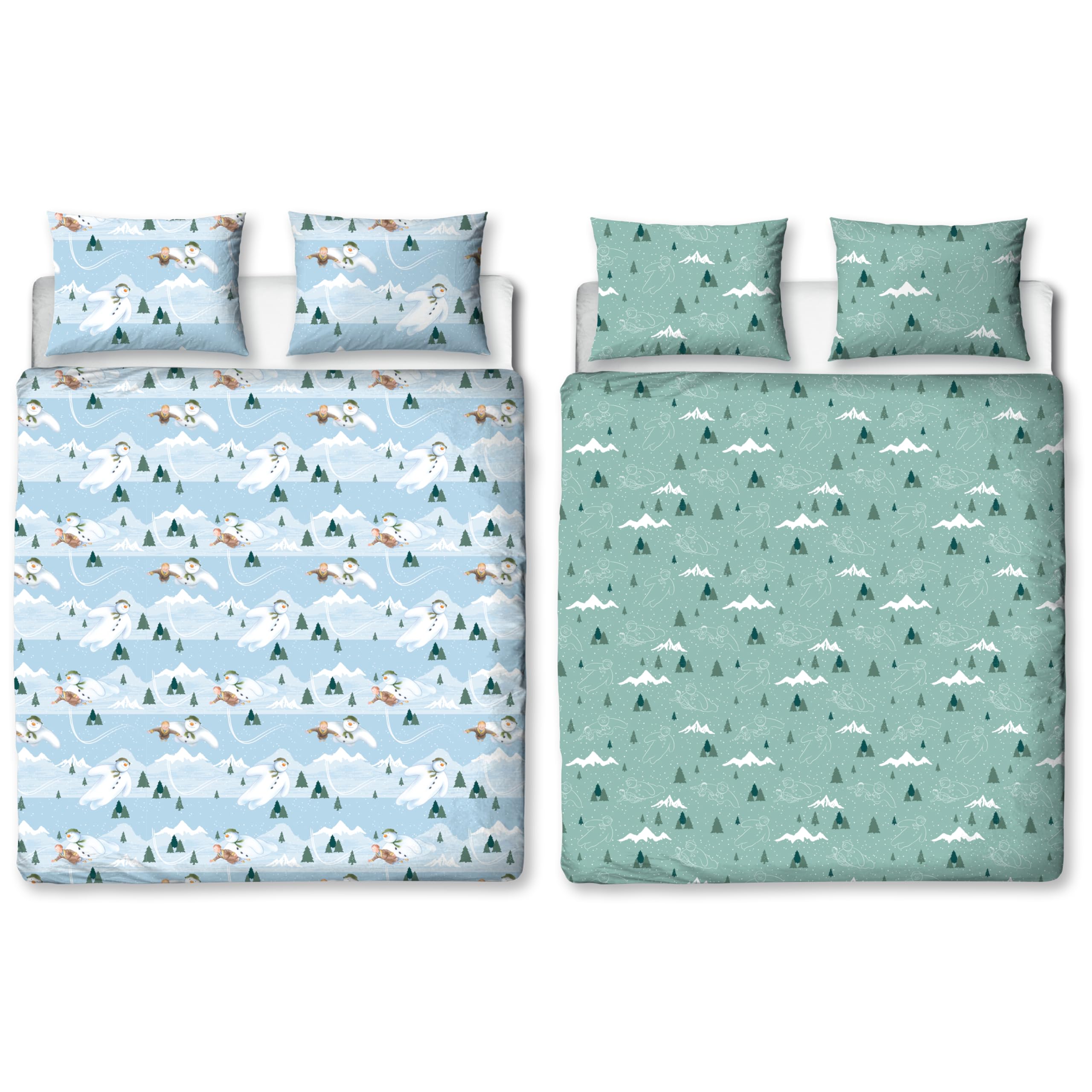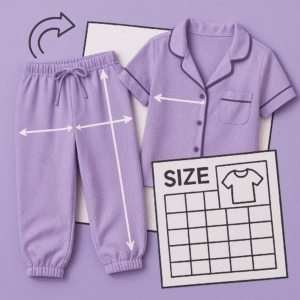For Airbnb and short‑let hosts, the best duvet is one guests find cosy, that looks plump in photos, and that you can clean and turn around without fuss. That usually means easy‑care synthetic in busy properties and higher‑loft options with careful care in premium listings. This UK guide explains which fills and togs suit rentals, how to size for beds and couples who tug, and how to keep duvets fresh through frequent changeovers without wrecking your laundry schedule.
Seasonal warmth usually comes from duvets that balance weight and airflow in UK bedrooms.
Choose fills that match your listing
In high‑turnover city lets, microfibre fills are practical. They wash easily, dry faster than down, and hold shape when shaken. Choose boxed or channel construction that keeps loft even after many cycles. For premium coastal or countryside stays where guests book for rest and indulgence, consider a light down blend in master bedrooms for that hotel hug, and keep microfibre in kids’ and twin rooms for practicality. Always use down‑proof covers to prevent escape. If pets are welcome, synthetics avoid feather leaks and wash clean after muddy paws.
Pick flexible togs by season
All‑season sets are ideal for UK rentals. Use the 4.5 tog layer in summer, the 9–10.5 tog layer in shoulder months, and button both for winter. You control warmth without storing multiple spares. In budget listings with radiators on timers, 10.5 togs handle most of the year with a spare blanket in the wardrobe. Hot sleepers appreciate lighter options, so keep a labelled 4.5 tog in each wardrobe as a swap.
Size to reduce tug of war
Two adults under a standard double duvet often fight for coverage. On double beds, consider a king size duvet and cover for generous overhang. On king beds, super king duvets cut down on nightly tugging and look fuller in photos. For couples with mismatched temperature needs, consider Scandinavian style: two single duvets on a shared bed, each at a different tog. It looks smart with matching covers and solves many guest comfort complaints.
Protect and present well
Zip‑around duvet protectors keep inserts clean and reduce wash frequency. Choose breathable fabrics so the bed does not feel stuffy. Use duvet covers with inner corner ties to keep loft even. Shake and fluff daily during long stays, and at changeover fold the top edge back neatly for a crisp, welcoming look. Photograph rooms with good daylight and the duvet freshly fluffed—this sells nights.
Wash planning for changeovers
Inserts do not need washing every stay. Wash covers weekly or per guest, and air inserts between guests on a line when weather allows. Schedule full insert washes seasonally or when odours persist. Use laundrettes for king and super king sizes or for down, which needs large drums and long, low drying cycles with dryer balls. Keep a spare insert per bed in storage so an unexpected spill does not derail check‑in.
Durability and replacement
Budget duvets can flatten quickly and hurt reviews. Mid‑tier microfibre inserts with boxed construction last far longer under rental use. Mark purchase dates discreetly on care tags and review inserts every six months. Replace when loft stays flat after fluffing or when seams split. Move retired inserts to staff accommodation or emergency spares.
Guest comfort notes
Leave a short card saying a lighter duvet is in the wardrobe and where to find spare blankets. This reduces messages and lets guests customise warmth. If your area has heat waves, note that sheets alone are available and remind guests where the fan is stored. Clear, friendly notes turn bedding into a positive part of the stay rather than a complaint.
We group durable inserts and sensible all‑season sets in our guide to duvets for UK rentals. Complete the bed with deep‑pocket percale sheets, a quiet mattress protector, and supportive pillows with washable protectors.
FAQs
How many duvets per bed should I keep on site?
At least one insert in use and one spare per bed for emergencies. For all‑season sets, keep both layers on site all year so you can adapt quickly.
Are down duvets a bad idea in rentals?
Not if you position them in premium rooms and launder covers frequently. For high‑turnover rooms, synthetics are simpler and more resilient.
What tog works most of the year?
10.5 tog handles much of the UK year in insulated homes. Keep a 4.5 tog handy for warm sleepers and use both layers of an all‑season set in winter.
